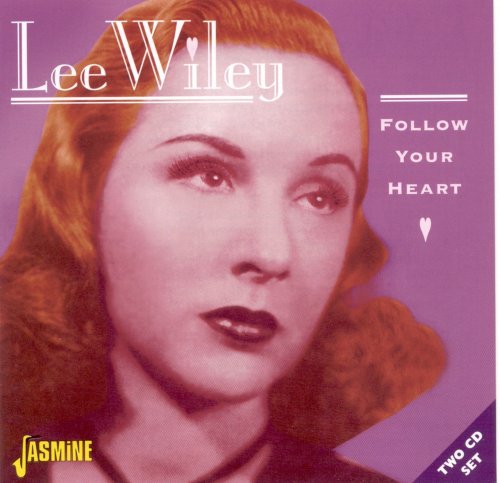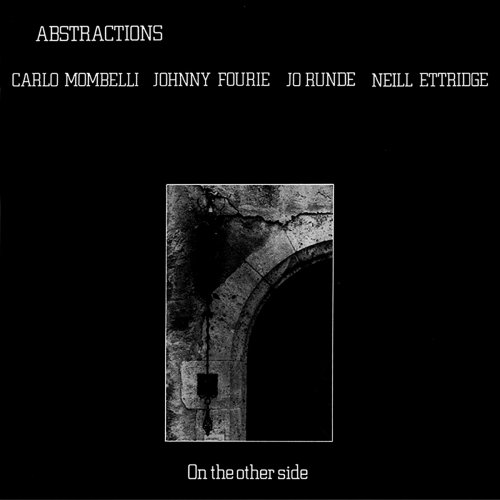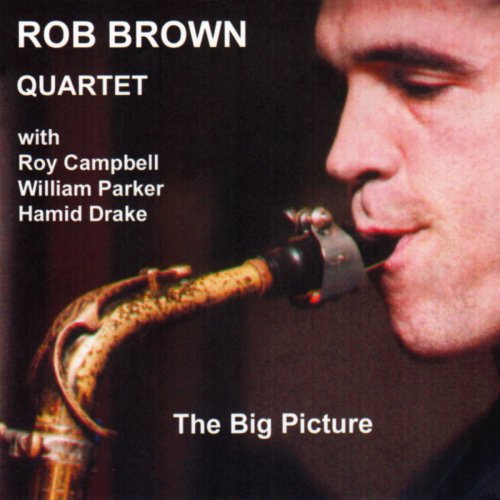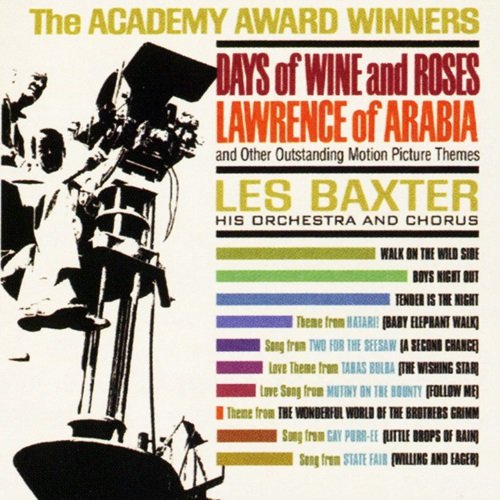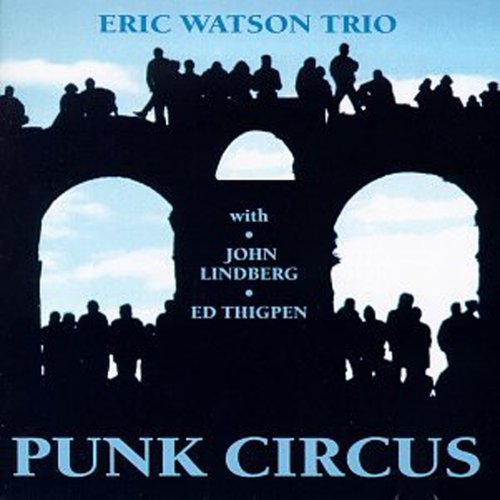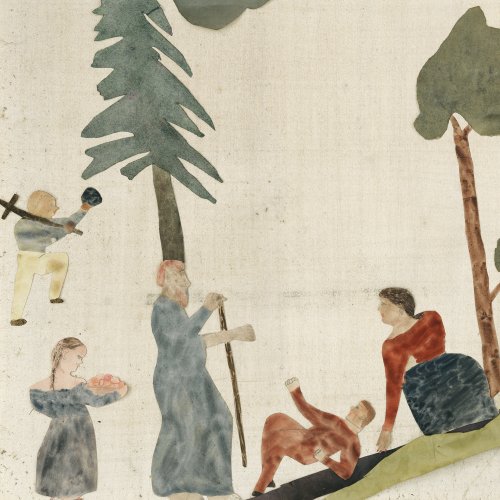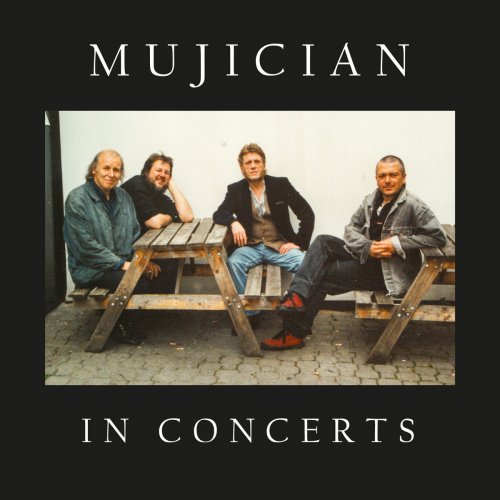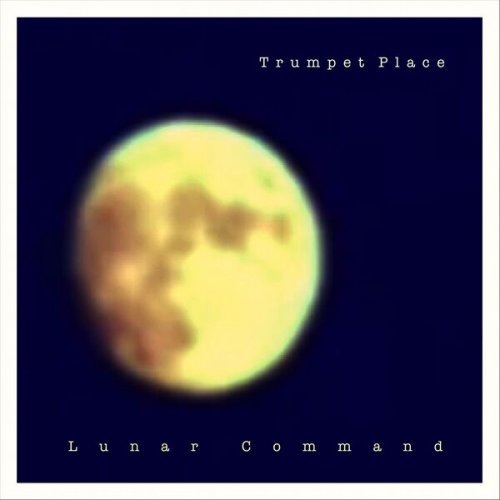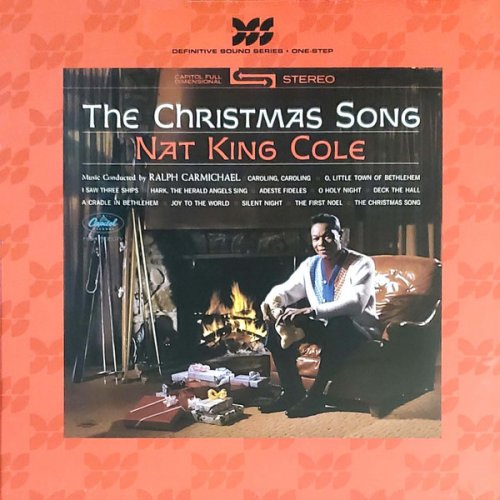Simone Pansolin - Count Ludovico Roncalli: Sonatas for Baroque Guitar (2024)
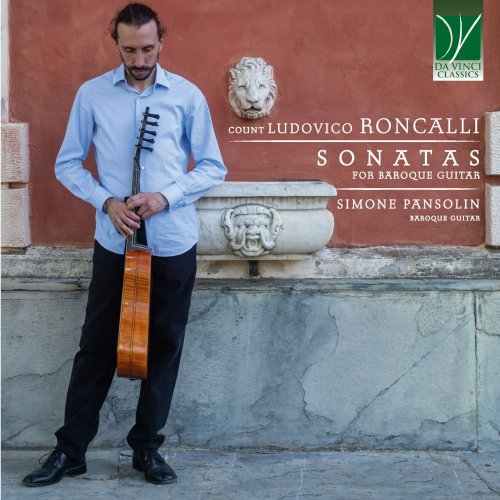
Artist: Simone Pansolin
Title: Count Ludovico Roncalli: Sonatas for Baroque Guitar
Year Of Release: 2024
Label: Da Vinci Classics
Genre: Classical Guitar
Quality: flac lossless (tracks)
Total Time: 00:52:50
Total Size: 195 mb
WebSite: Album Preview
TracklistTitle: Count Ludovico Roncalli: Sonatas for Baroque Guitar
Year Of Release: 2024
Label: Da Vinci Classics
Genre: Classical Guitar
Quality: flac lossless (tracks)
Total Time: 00:52:50
Total Size: 195 mb
WebSite: Album Preview
01. Sonata nel settimo tuono in D Major: I. Preludio
02. Sonata nel settimo tuono in D Major: II. Allemanda
03. Sonata nel settimo tuono in D Major: III. Corrente
04. Sonata nel settimo tuono in D Major: IV. Giga
05. Sonata nel settimo tuono in D Major: V. Sarabanda
06. Sonata nel settimo tuono in D Major: VI. Minuetto
07. Sonata nel quarto tuono in E Minor: I. Preludio
08. Sonata nel quarto tuono in E Minor: II. Allemanda
09. Sonata nel quarto tuono in E Minor: III. Giga
10. Sonata nel quarto tuono in E Minor: IV. Sarabanda
11. Sonata nel quarto tuono in E Minor: V. Gavotta
12. Sonata nell'ottavo tuono in G Major: I. Preludio
13. Sonata nell'ottavo tuono in G Major: II. Allemanda
14. Sonata nell'ottavo tuono in G Major: III. Corrente
15. Sonata nell'ottavo tuono in G Major: IV. Giga
16. Sonata nell'ottavo tuono in G Major: V. Sarabanda
17. Sonata nell'ottavo tuono in G Major: VI. Gavotta
18. Sonata nel sesto tuono in F Major: I. Preludio
19. Sonata nel sesto tuono in F Major: II. Allemanda
20. Sonata nel sesto tuono in F Major: III. Corrente
21. Sonata nel sesto tuono in F Major: IV. Giga
22. Sonata nel sesto tuono in F Major: V. Sarabanda
23. Sonata nel sesto tuono in F Major: VI. Minuetto
24. Sonata nel sesto tuono in F Major: VII. Gavotta
25. Sonata nel secondo tuono in G Minor: I. Preludio
26. Sonata nel secondo tuono in G Minor: II. Allemanda
27. Sonata nel secondo tuono in G Minor: III. Corrente
28. Sonata nel secondo tuono in G Minor: IV. Minuetto
29. Sonata nel secondo tuono in G Minor: V. Gavotta
30. Sonata nel secondo tuono in G Minor: VI. Passacaglia
The Baroque guitar, historically known as the “Spanish guitar,” emerged in the Iberian Peninsula around the end of the 16th century. Gaspar Sanz, a pivotal figure in the history of this instrument, provides key insights into its development in his *Instrucción de Música sobre la Guitarra Española* (1674). He notes: “In ancient times, [the guitar] had no more than four strings. In Madrid, the Spanish master Espinel added the fifth string, thus bringing the instrument to its perfection.” The guitar swiftly became popular, particularly in Italy and France, as well as, naturally, in Spain. Initially, it was employed for amateur music, with numerous publications designed to instruct beginners in the instrument’s fundamentals. It was not long before composers of greater renown began to dedicate their efforts to it.
The folk heritage of the Spanish guitar is evident in virtually all surviving works, particularly through the use of the “botte” (striking all the strings rhythmically with the right hand) and the so-called “Montesardo alphabet” (actually devised by Juan Carlos Amat). This system, originally created to simplify the learning of music composed for fixed positions, allowed entire chords to be indicated by simple letters. Although written in tablature according to the conventions of the time, music for the Baroque guitar continued to incorporate this alphabet in a hybrid notation system. Only French musicians and a very few others (such as Guerau) chose to forgo this method. Guitarist-composers, by integrating the technical and expressive characteristics of folk music into a more scholarly context, forged distinctive and unique styles.
Count Ludovico Roncalli
Relatively little is known about Count Ludovico Giuseppe Antonio Filippo Roncalli, commonly referred to simply as Count Roncalli. Born in Bergamo in 1654 into an aristocratic family, he initially pursued legal studies but soon turned to the clerical profession, becoming a priest. His time in Rome likely brought him into contact with both the musical and ecclesiastical circles of the city. The text on the reverse of his portrait describes him as “a graduate in civil and canonical law, a priest, an illustrious donor of his erudition for the promotion of spiritual exercises.” He passed away in Bergamo in 1713.
In the world of lutes, Roncalli is renowned for his *Capricci Armonici Sopra la Chitarra Spagnola*, his only surviving work, published in Bergamo in 1692 and dedicated to Cardinal Benedetto Panfili, a patron of notable composers of the era. This publication represents the last Italian work for the instrument in tablature form. It comprises nine sonatas adhering to the typical structure of the Baroque sonata. Each sonata begins with a brief prelude (almost always characterised by an improvisational opening on a chord, a distinctive feature of Italian music for this instrument), followed by various dances in traditional sequence (allemandes, courantes, gigues, sarabandes, minuets, gavottes, and two passacaglias). Within these compositions, the composer displays remarkable command of the technical and expressive capabilities of the Baroque guitar, extensively using campanelas (the effect of overlapping sounds achieved through re-entrant tuning) and “botte,” harmoniously integrated in a plucked style (punteado). The folk tradition, from which the Baroque guitar draws its roots, is here interwoven with the intimate sophistication of a musician of rare taste and elegance, elevating the instrument to exceptional heights.
From the Sonata in D Major, which inaugurates this recording, one notes a stylistic affinity with the Corellian background of Italian instrumental music (Corelli, a contemporary of Roncalli, lived in the late seventeenth and early eighteenth centuries). The following Sonata in E Minor is more compact, comprising only five movements. The penultimate, a sarabande, exhibits colouristic traits that firmly align with the ideal of “harmonic caprice” explicitly stated by the author in the title of the book. Particularly noteworthy is the final tripartite Gavotte. Roncalli’s oeuvre also includes some French-style movements, such as the concluding Gavotte in the Sonata in G Major, the third in sequence. In the Sonata in F Major, the most substantial (comprising seven movements), Roncalli employs, particularly in the Allemande, a remarkably dense musical texture. The recording concludes with the Sonata in G Minor, perhaps the most renowned, culminating in an imposing Passacaglia, where the composer showcases a virtuosic imagination and mastery in variation treatment.
In performing these pieces, every effort has been made to adhere closely to the composer’s instructions, both in the execution of ornaments (which are always indicated) and in the use of the so-called “strascini” (slurs). In Roncalli’s works, as in those of other contemporary and subsequent composers for lute family instruments, slurs are not merely a technical expedient but play a formal and musical role integral to the compositional fabric. Additionally, particular care has been taken in the execution of the “botte.” The corresponding signs (up botte / down botte), often underestimated and performed merely improvisationally, have been meticulously followed to provide an authentic reconstruction of the articulation intended by the composer for his splendid music. The matter of stringing the instrument is also of significant importance, especially concerning the use or non-use of the “bordone” (as the low string on the fourth and fifth courses was called). Examination of the available sources (Italian, French, and Spanish) reveals some inconsistency in the preferences of the authors, with the exception of greater clarity among the French guitarists. Analysis of the music, alongside indications in historical sources, suggests for Roncalli the use of the bordone in octave on the fourth course.
The instrument used, crafted in 2010 by Stephen Murphy, is a modern replica of a five-course Baroque guitar by the esteemed luthier Antonio Stradivari, housed in the Ashmolean Museum of Art and Archaeology in Oxford. Given that Stradivari lived in Cremona, a mere seventy kilometres from Bergamo, it is plausible (if not probable) that Ludovico Roncalli may have owned, or at least played, one of his instruments. Thus, the guitar of Count Roncalli represents not only an example of a specific type of guitar craftsmanship but also a reconstruction of a setting and distinctive sonority.
